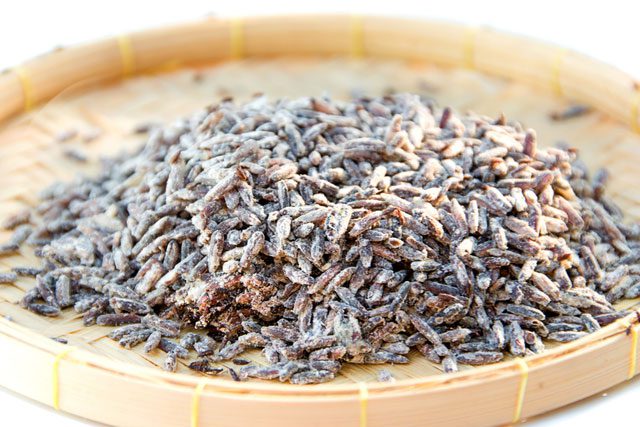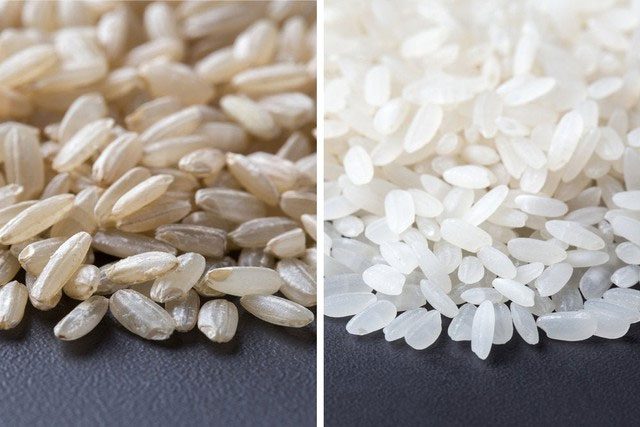Rice is an essential staple food that can provide several benefits to the body. However, the three types of low-quality rice listed below can be harmful to health if consumed inadvertently.
Rice is one of the essential daily food items for Asians in general and for Vietnamese people in particular. When cooked, rice provides energy and some necessary nutrients for the body. However, certain types of rice can cause damage to the liver and kidneys and increase the risk of cancer.
1. Moldy Rice
Moldy rice is rice that has been damaged, usually due to prolonged storage in a humid environment. Storing rice in such conditions allows the Aspergillus flavus fungus to thrive. This fungus cannot be completely eliminated by washing or boiling at 100 degrees Celsius.
The Aspergillus flavus fungus produces a toxin called aflatoxin. Consuming moldy rice can lead to the body being poisoned by this toxin, resulting in acute poisoning. Symptoms of aflatoxin poisoning include nausea, jaundice, gastrointestinal bleeding, and abdominal pain.
Moreover, regularly consuming moldy rice can harm the liver, increasing the risk of cirrhosis, liver cancer, or stomach cancer.

Consuming moldy rice can impact health. (Illustrative image).
2. Rice with High Cadmium Content
Cadmium is a heavy metal that can be harmful to human kidneys and the nervous system. Cadmium is found in the soil and water in certain areas. Rice, crops, and aquatic organisms can become contaminated with cadmium if they are grown or live in polluted soil and water.
Consuming rice with high cadmium levels can have severe health effects. Eating foods with high cadmium can cause digestive disorders, leading to nausea, vomiting, abdominal pain, and diarrhea.
The use of cadmium-contaminated rice can affect kidney function, as cadmium primarily accumulates in this organ.
Cadmium poisoning can also disrupt calcium metabolism, leading to bone disorders such as bone pain, osteoporosis, bone deformities, and tissue destruction.
3. Old Rice Stored for Too Long
Rice contains fats, proteins, and starch, all of which can be affected by storage time. Old rice that has been stored improperly will lose its nutritional value. Once cooked, old rice will lack the pleasant aroma and texture that freshly harvested rice has.
To distinguish between old rice and newly harvested rice, one can look at the color and smell. Fresh rice is usually white, while old rice may appear yellowish or off-white.

Old rice stored for too long often loses its nutritional value. (Illustrative image).
Important Tips When Buying Rice
To select delicious and safe rice, consider the following points:
- Observe the shape and color of the rice grains: High-quality rice typically has plump grains of uniform size, free from impurities. The grains should be naturally white and not yellowish or greenish. When purchasing, you can put a few grains in your mouth and chew; if they have a slightly sweet and fragrant taste, this indicates good quality rice.
- Choose reputable rice producers: To ensure safety, buy rice from established brands that have verified quality and health safety standards.
- Check the packaging: When buying rice, check if the packaging is tightly sealed; the information on origin, production date, expiration date, and manufacturer should be clearly labeled. If the packaging is damaged or the labels are unclear, do not purchase the rice.
The Hidden Secrets of “Heavenly Pearls” That Not Everyone Knows


















































